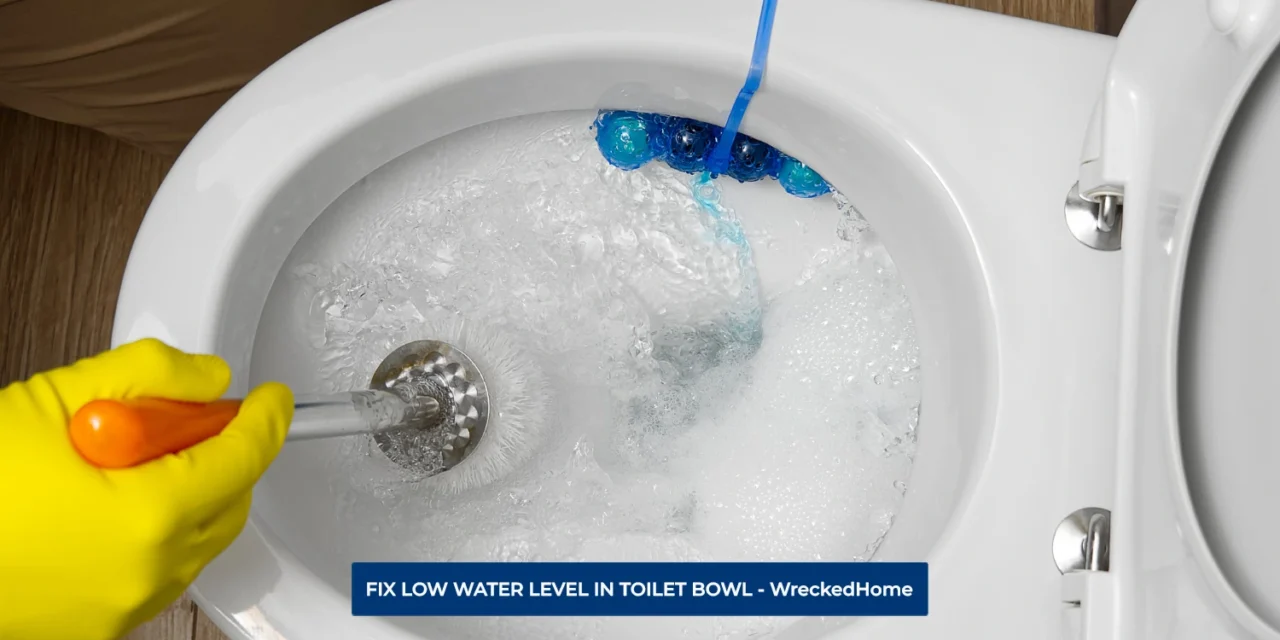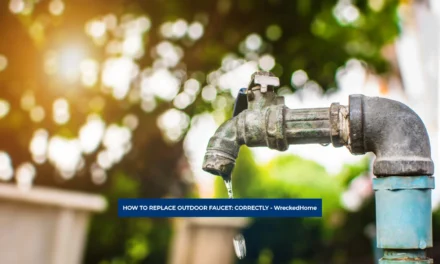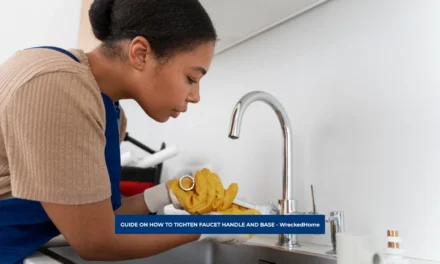One of the most commonly used place for everyone is the bathroom. In households worldwide, a persistent and often overlooked problem is the low water level in the toilet bowl. This is frustrating and leads to unhygienic conditions. This commonplace issue not only causes inconvenience but affects the functionality of your toilet. Maintaining the optimal water level in a toilet bowl is essential for home comfort.
The water level plays a crucial role in ensuring effective flushes, and helps in proper disposal to avoid any blockage. Knowing the significance of this equilibrium is essential for homeowners who are looking for a well maintained and smoothly functioning toilet.
This article delves into the intricacies of this problem, you will get valuable knowledge to tackle the problem head-on and restore your toilets to peak performance.
Understanding the Causes
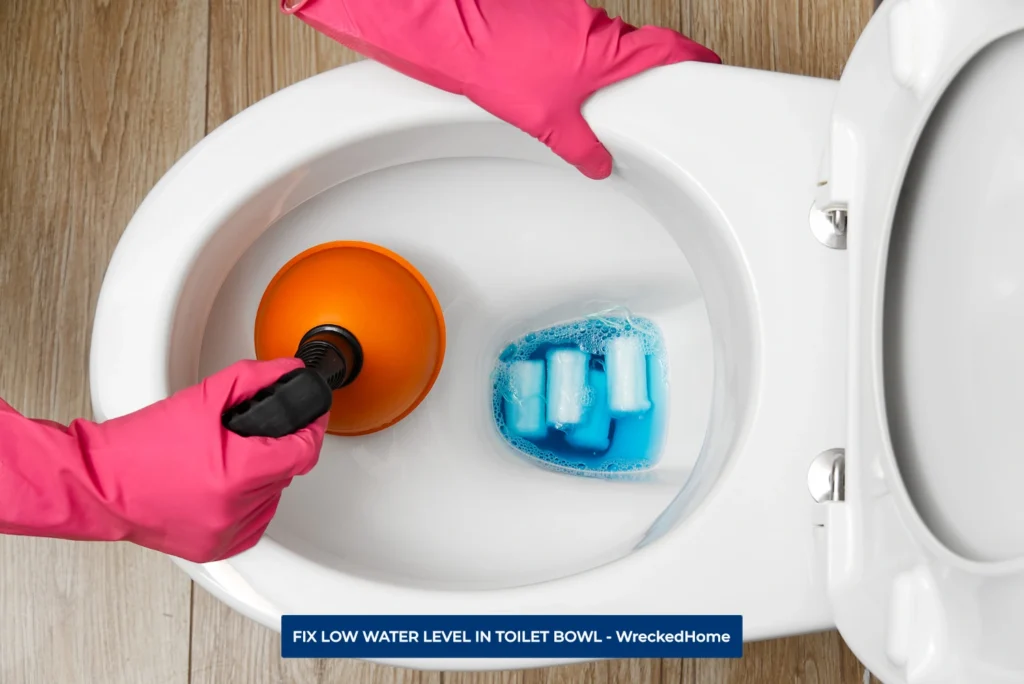
Low water level in toilet bowl are linked with the various issues within the plumbing system. Identifying these causes is important to reach the target solution. By implementing effective solutions and restoring proper functionality, you can keep your toilet clean.
- Faulty Fill Valve: One primary culprit behind low water level in toilet bowl is damaging of the valve. The damaging of the valve leads to malfunctioning and fails in water disposal. When this component fails to operate correctly, then the toilet component fails with proper water level.
- Flapper Issues: A malfunctioning flapper is another serious case of improper flushing. The flapper controls the release of water from the tank to the bowl. therefore any damage affects flushing. If it fails to seal properly or is damaged, then the reduced water levels problem occurs.
- Refill Tube Blockages: There is a refill tube that can block and lead to improper water flow. Blockages in the refill tube keep the water level low in the toilet bowl. Debris or mineral buildup within the tube can close the water path and subsequently lead to low water level in toilet bowl.
- Water Supply Issues: Insufficient water supply to the toilet tank is a simple reason for improper flushing. This can be due to a partially closed shut-off valve or issues within the water supply line, that make flushing difficult.
- Tank Water Level Adjustment: Sometimes, the water level in the toilet tank is set to low and can directly impact the water levels in the bowl. To correct, you need to readjust the settings for adequate water level in the bowl.
These five causes are the first step in addressing low water level in toilet bowl. By diagnosing the specific issue, homeowners can easily treat them for flushing.
DIY Troubleshooting for Low Water Level in Toilet Bowl
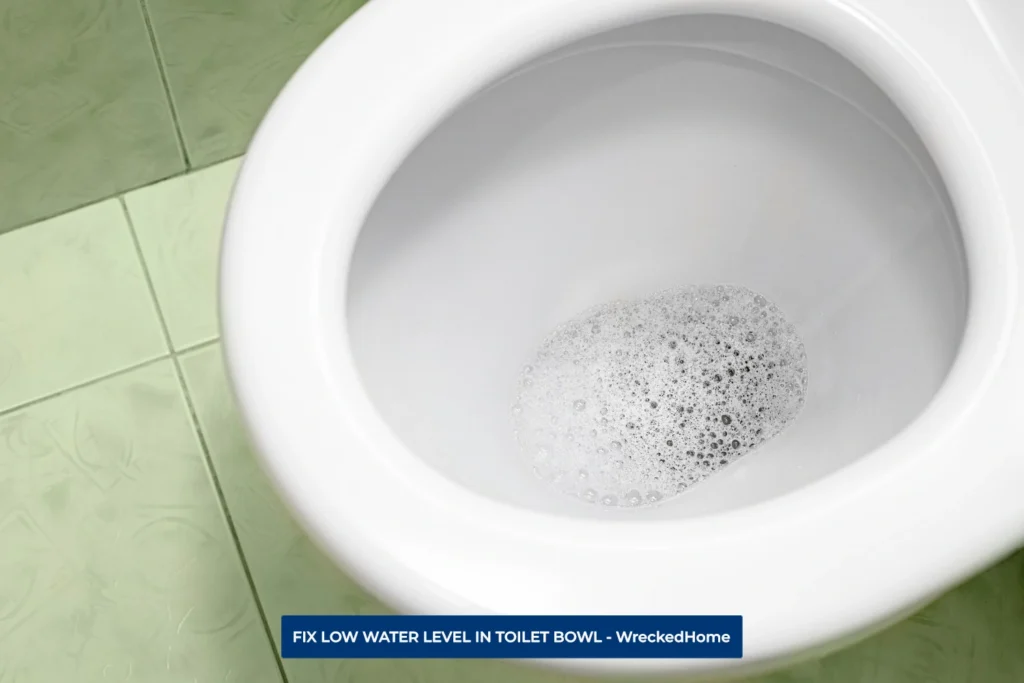
The first step is to know the key reason behind your toilet water level disturbance. The next step is to find the solution with respect to that issue. You can only solve this problem by following the professionals’ tips and tricks to troubleshoot and fix toilet plumbing. So let’s grab this opportunity and treat the toilet bowl water level issue. For this, follow this step by step guide
A. Step-by-step Guide to Checking the Fill Valve
- Turning off the Water Supply: Before starting the inspection, turn off the toilet water supply and locate the shut-off valve. It is usually situated on the wall behind the toilet. You need to turn it clockwise until it’s fully closed. This prevents water from flowing into the tank during the checking process.
- Inspecting and Cleaning the Fill Valve: With the water supply off, remove the tank lid. Now you can see the valve. Check for any visible signs of damage or debris in the valve. Sediment and mineral buildup can affect its performance, therefore clean it with the help of cloth or sponge thoroughly. Ensure that no obstructions hinder the movement of the float arm and keep the water flow open.
- Replacing the Fill Valve if Necessary: If cleaning doesn’t resolve the issue, the final way is to replace the fill valve. You can do it by yourself. Just turn off the water supply, and try to disconnected water line from valve, and unscrew the old valve. Install the new fill valve by following the plumber or manufacturer’s instructions. Now reconnect the water supply line and turn on the water supply to test.
Visit our store for 10% off our Cleaning Products here.
B. Assessing and Fixing Flapper Issues
- Identifying Flapper Problems: The flapper is a rubber component that seals the flush valve that causes wear and tear. Inspect the flapper for any visible signs of wear, tears, or that can lead to continuously leak into the bowl, resulting in low water levels.
- Adjusting or Replacing the Flapper as Needed: If the flapper is misaligned, reposition it to make the alignment the same by proper seal. You need to replace the flapper if there are any signs of wear and tear that are easily detectable. You can buy a flapper from any store for a low cost to get a hassle free experience. Follow the manufacturer and plumber guide for installing new flapper.
C. Clearing Refill Tube Blockages
- Locating and Removing Blockages in the Refill Tube: The refill tube is a small, flexible tube that directs water into the pipe for toilet flush. If there is any hindrance or blockage in tube that might hinder the water flow. For proper use, try to remove the tube from its connection points and flush out any debris using a gentle stream of water. If necessary, you need to replace this old with new tube.
- Ensuring Proper Water Flow after Clearing the Tube: After clearing blockages, reattach all tubes and pipes to test proper water flow. Observe the water flow into the toilet bowl during flushing. The refill tube should now allow a steady stream of water into the bowl, so check the level of water.
By following these step-by-step instructions, homeowners can perform DIY troubleshooting to address toilet bowl issues. Regular maintenance and prompt attention to these issues enable reliable and efficient toilet experience. Ultimately it enhances the overall functionality of the toilet.
Preventive Measures
Maintaining optimal water levels in your toilet bowl require fixing the leading issues abruptly. Here are five preventive measures to ensure a consistently functioning toilet.
- Regular Inspections: Conduct routine inspections of key components such as the fill valve, flapper, and refill tube to find any issues. If you find out any type of wear, debris accumulation, or misalignment then address them. Identifying and addressing potential issues early can prevent low water level in toilet bowl and save your time.
- Adjusting Tank Water Level: Periodically check and adjust the water level in the toilet tank for a cost effective way. Ensure that it aligns with the manufacturer’s recommendations or readjust the level if you find any recurrence of low water levels in the bowl.
- Soft Water Maintenance: In areas with hard water, mineral deposits can accumulate in the plumbing system that badly impact your toilet valve and tube. For this, you need to use water softeners or descaling agents to minimize mineral buildup. This proactive approach can extend your toilet life and improve the flush mechanism.
- Educate Household Members: Educate everyone in the household by sharing the right flushing methods. Discourage flushing non-biodegradable items or excessive amounts of toilet paper, to prevent from any hindrance or blockage. Awareness promotes habits that contribute to a healthier plumbing system.
- Professional Maintenance: if you don’t understand the key problem then schedule periodic professional inspections and maintenance. A plumber can conduct a thorough assessment of your plumbing system, and ensure there is no issue to keep your toilet in optimal condition. Professional expertise ensures comprehensive care and can address underlying problems before they escalate.
By incorporating these preventive measures you can safeguard your toilet bowl. This also helps to enjoy your toilet experience. Taking a proactive stance towards toilet maintenance pays off in terms of water conservation, reduced repair costs, and improve the functionality cost effectively.
Conclusion
In conclusion, the persistent challenge of low water level in toilet bowl can be solved by addressing flapper malfunctions, and refill tube blockages.
Encouraging regular maintenance emerges as a key takeaway to adjust tank water levels in the toilet. By following the preventive measures and timely inspections you can save your time and money.
For any repairs, installations, builds, or questions; We recommend you to hire a professional. Find A Pro Near You Here!
FAQs
How to Adjust the Water Level in a Toilet Bowl about halfway full?
About halfway full is the normal water level in toilet bowl that can ensure the correctness of seat sits above the P trap drain. By creating this gap you ensure the seal prevents sewer gases from entering your home and keep it odor free. This seal and suction mechanism is essential for maintaining a sanitary and through simple adjustments to the toilets float and fill valve.
How much water is in the bowl of a low-flow toilet?
Low-flow toilets, designed for water conservation that can use approximately 7 gallons per flush. On the other hand the low-flow toilet models typically use 1.6 gallons per flush.
What are the problems with low water toilets?
One of the primary issues associated with low-flow toilets is challenging to achieve sufficient outflow of solids into the sewer main. This limitation can lead to problems of clog and unpleasant odor.
How do you raise the water level in a toilet bowl?
To adjust the water level in a toilet bowl, you need to find the reason behind it. Locate the screw that attaches the float to the fill valve, and find it. Use a screwdriver to turn the screw in small increments and try to replace valve.
You can also try to adjust water level by clockwise turns will raise the water level, while counterclockwise turns will lower it. This ensures the optimal functionality of toilet.

